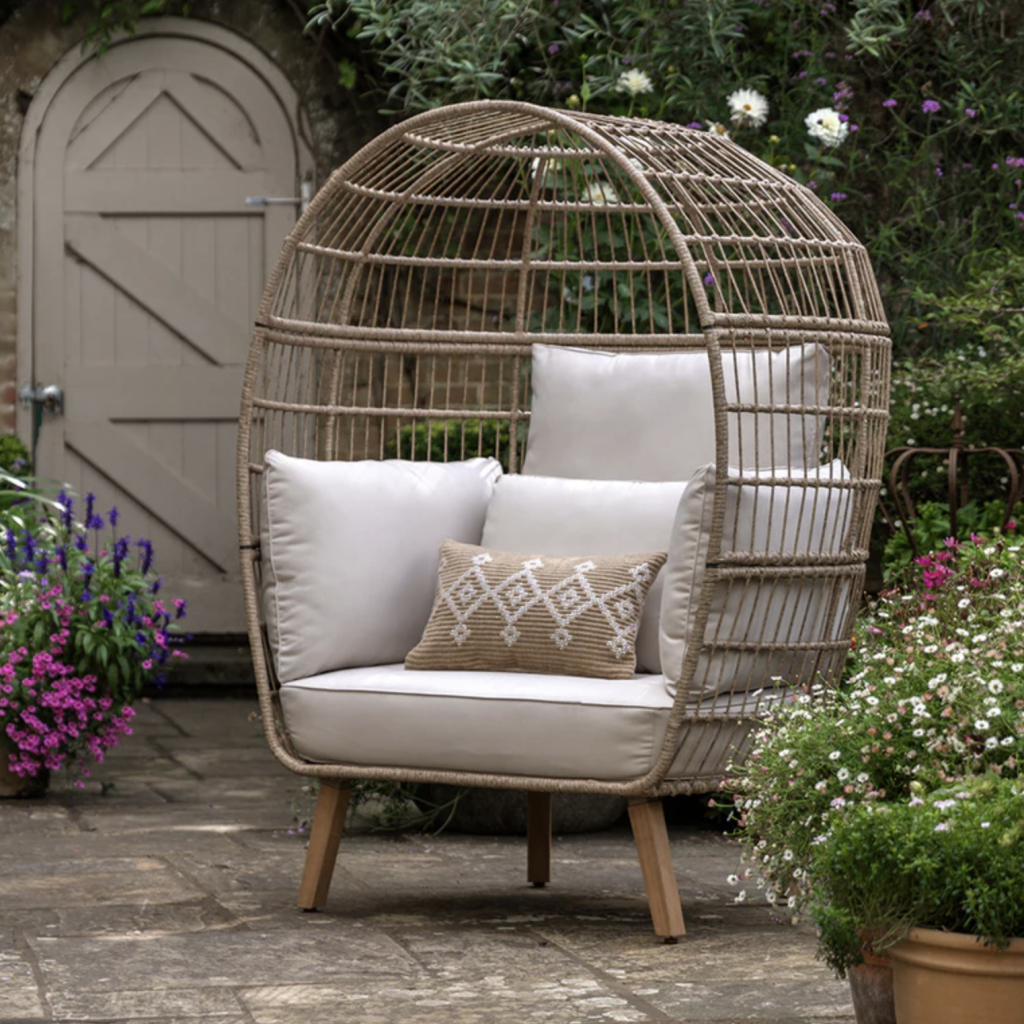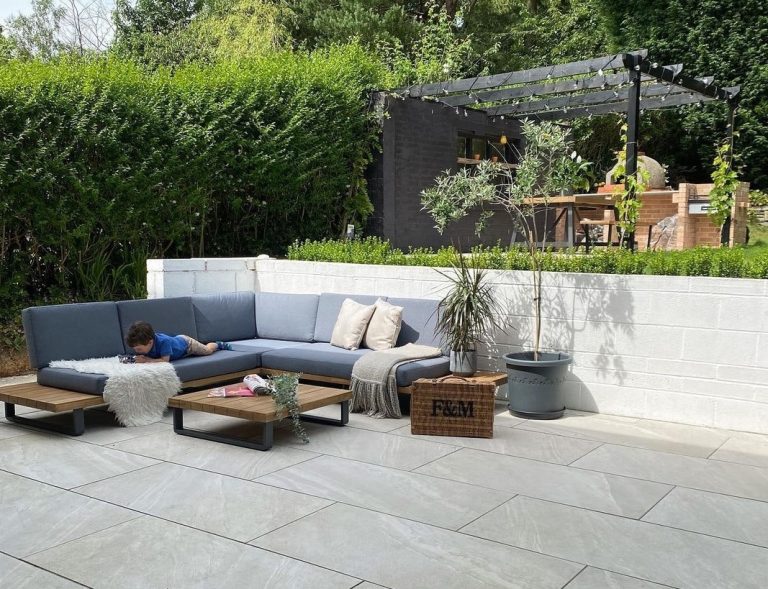- Retail data reveals a 25% surge in garden centre sales
- 59% of consumers plan to purchase new outdoor furniture or accessories for their space in 2025
As UK homeowners increasingly prioritise quality of life at home, investment in outdoor living spaces is thriving. Recent figures suggest that households across the country are projected to spend more than £6.5 billion on their outdoor spaces this year, reflecting a wider consumer focus on creating environments designed for wellness and relaxation.
“There’s a growing appetite for alfresco living spaces that extend the comforts of the indoors out, enhance property value, support mental wellbeing, and create a space to enjoy with friends, family, and even pets,” says Ashif Kazee at ROCCIA.
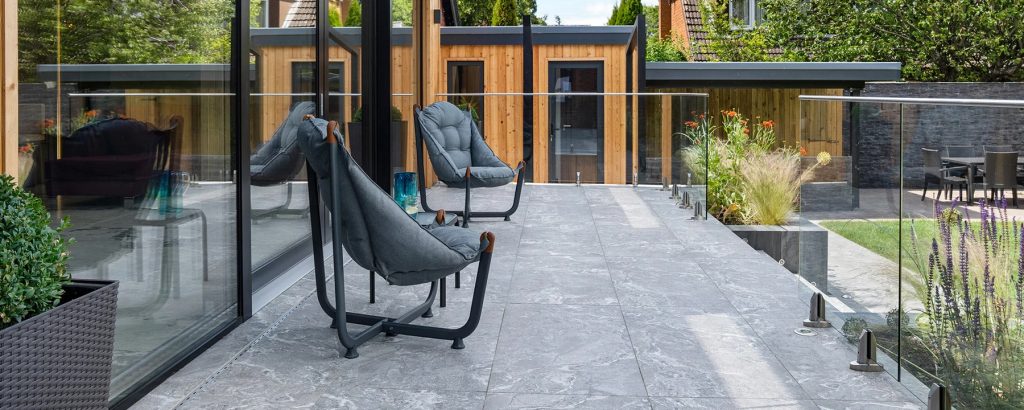
Despite ongoing cost-of-living concerns, many homeowners are placing increasing value on these lifestyle-driven improvements, with sustainability, health, and design sensibilities driving long-term choices. This growth in consumer interest, coupled with the glorious weather, means July and August are also set to be bumper months – with the demand for hard landscaping and furnishings that turn patios into true extensions of the home on a firm upwards trajectory.
With Google searches for outdoor porcelain tiles up by over 650%, Kazee says they’re fast becoming the go-to choice for those looking to revamp tired patios and garden areas.
“We’re seeing a huge rise in outdoor flooring as an integral part of the ongoing trend of investing in outdoor living spaces. Large format, anti-slip porcelain tiles are so much more aesthetically pleasing than concrete slabs or stone paving, and more hard wearing than wood or composite decking. They’re ideal for alfresco living, offering a seamless flow between indoor and outdoor spaces.”
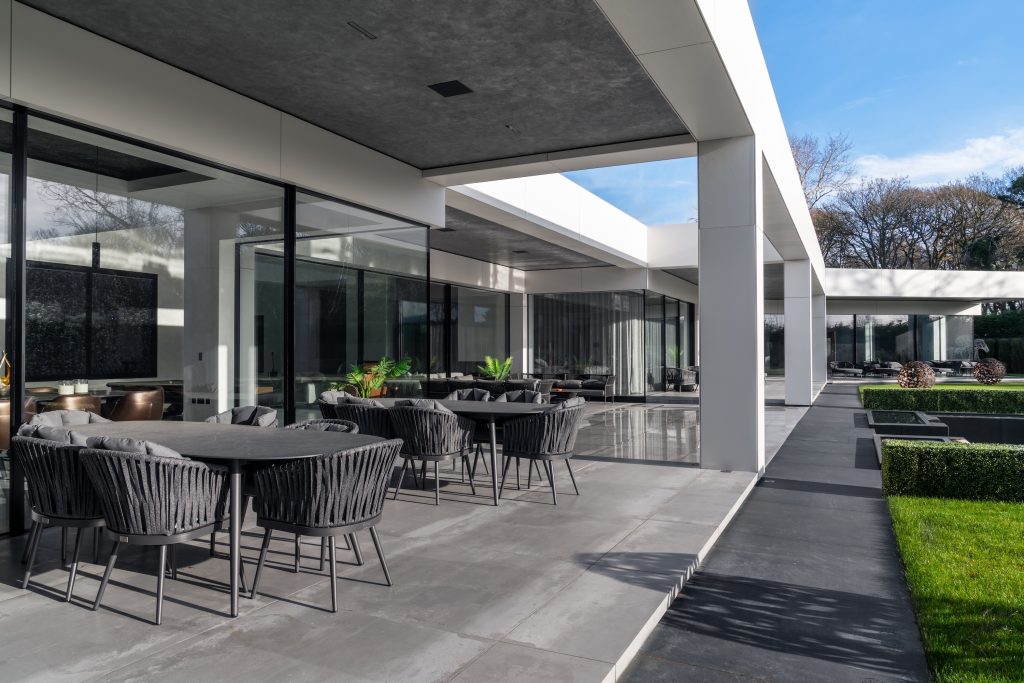
And with sustainability a key concern for many homeowners, porcelain outdoor tiles – made from natural materials, often with recycled content, and manufactured using low-impact processes – also offer an eco-conscious choice. Their exceptional durability and low maintenance needs mean fewer replacements over time, making them a smart, long-term investment for both gardens and for the planet.
Outdoor Furniture
For 2025, the lines between indoor and outdoor furniture are becoming increasingly blurred – it’s time to ditch the generic plastic patio set in favour of something more a little more contemporary chic.
“From hand-crafted natural wicker statement chairs to elegantly sculptured tables, consumers are opting for outdoor pieces that have the same level of craftmanship and comfort as their indoor furniture,” explains Lucy Mather from Arighi Bianchi.
“The way we live has evolved post-pandemic, with people working and studying in their outdoor spaces, as well as relaxing and socialising. The flowing lines and organic curves of our Evia coffee table and side table, for example, work equally well in indoor or outdoor settings, highlighting the connection and harmony between the two spaces.”
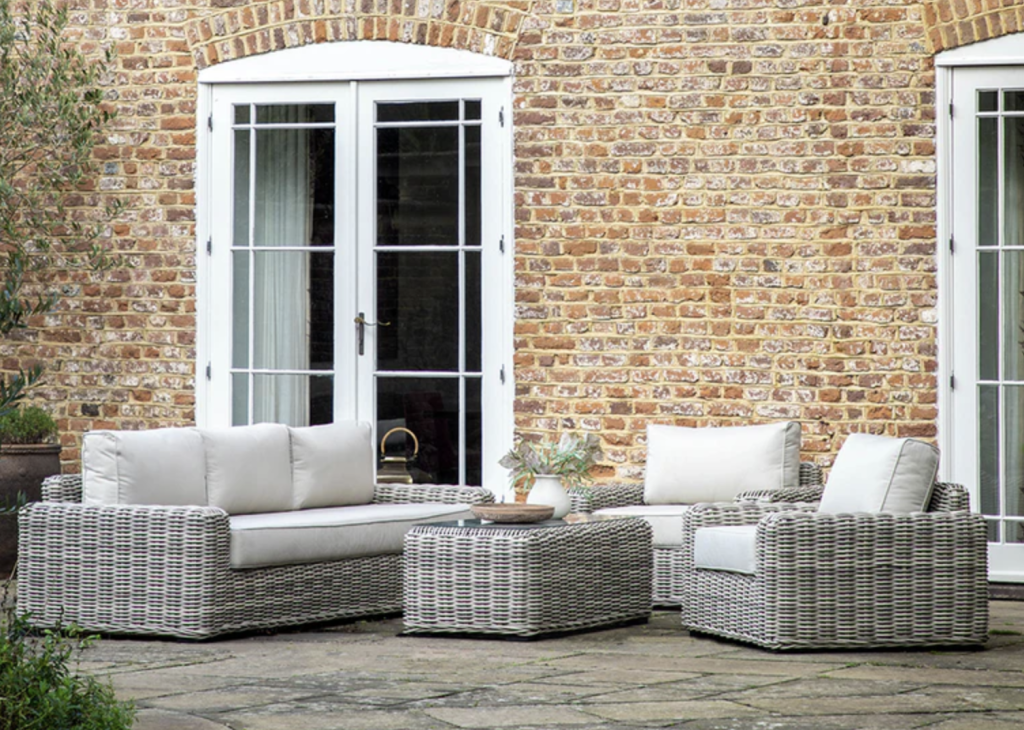
Biophilia and sustainability are also key priorities for today’s outdoor living, with more homeowners opting for natural and eco-conscious materials when furnishing their gardens. Rattan and wicker both offer a more environmentally friendly alternative to plastic and are fast becoming staples in sustainable garden design – natural wicker is biodegradable, durable, and lightweight, while poly-rattan made from recycled materials offers a weather resistant and long-lasting option with minimal environmental impact.
